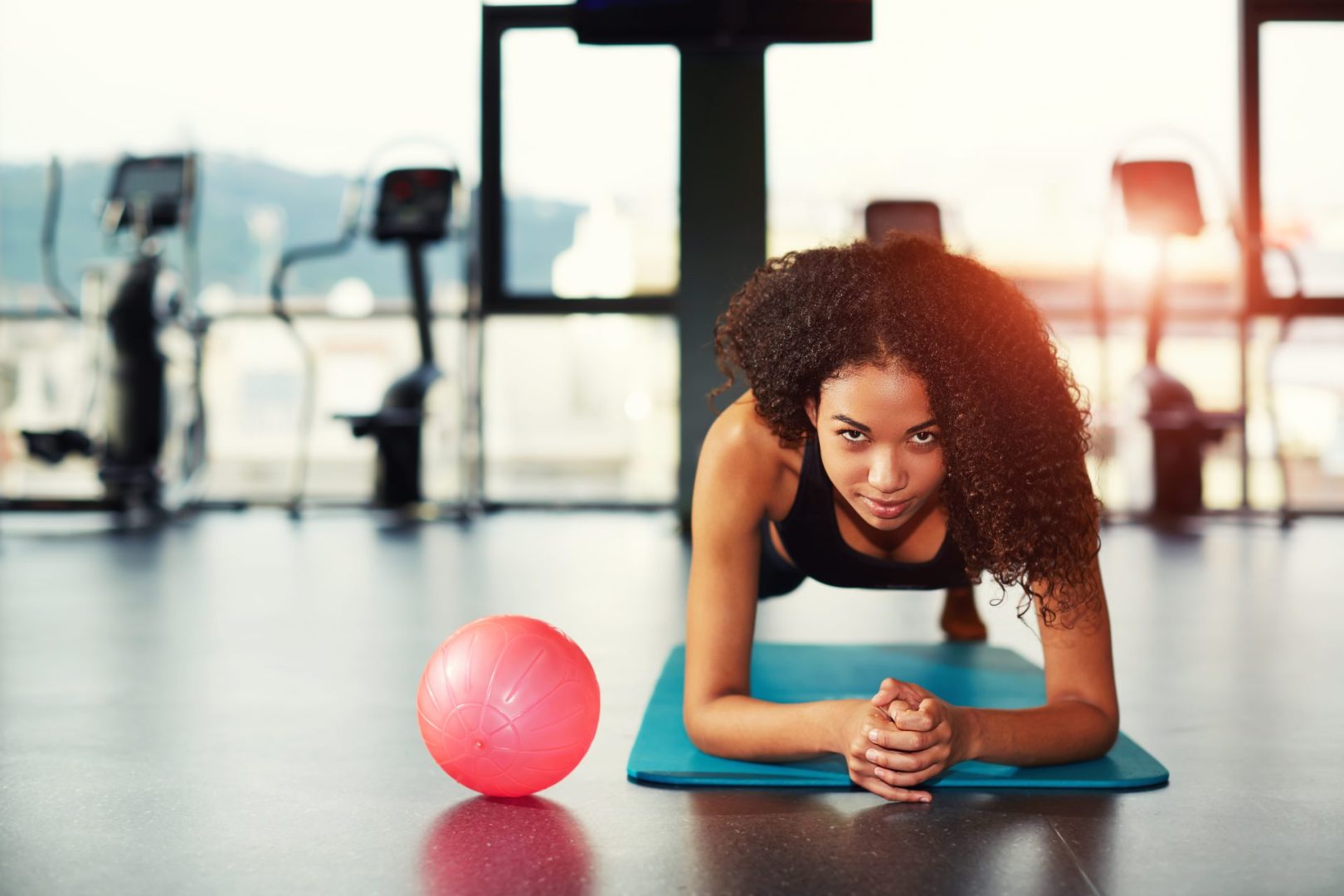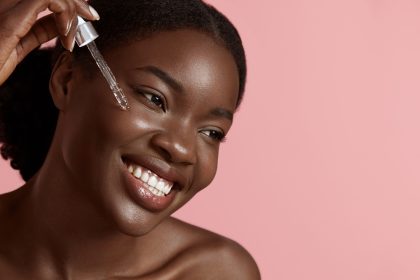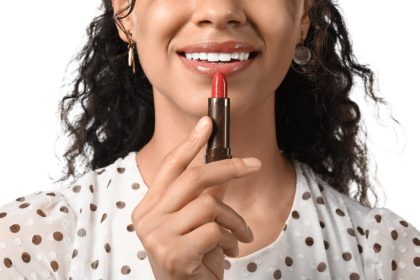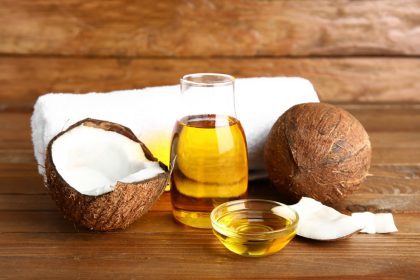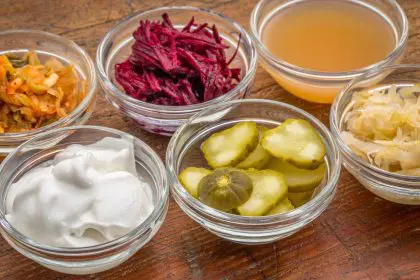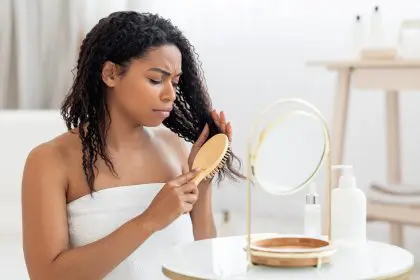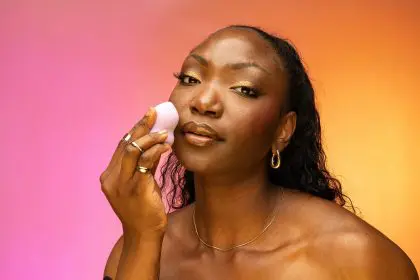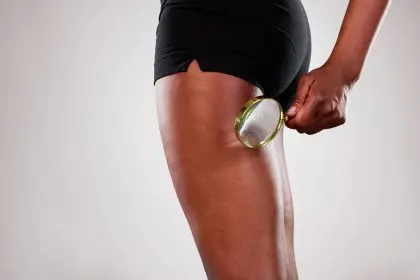Let’s face it – we all want that elusive “glow” that makes people ask what expensive cream you’ve been using. But what if the secret wasn’t in a jar at all? The connection between exercise and skin health might be your ticket to naturally radiant skin, and it goes way deeper than just post-workout flush.
When you’re dragging yourself to the gym, skin benefits probably aren’t your primary motivation. You’re thinking about heart health, muscle tone, or fitting into those jeans from last summer. But that sweat session is secretly working overtime as a beauty treatment too – and understanding how can revolutionize your skincare approach.
The circulation boost your skin is begging for
Your skin is your largest organ, and like all organs, it thrives on good blood flow. When you exercise, your heart pumps faster, pushing oxygen and nutrient-rich blood to every corner of your body – including your skin cells.
This enhanced circulation delivers exactly what your skin cells need to function at their best. Think of it as an internal facial – your blood vessels dilate, allowing more blood to reach the skin surface, delivering nutrients while simultaneously flushing away waste products that can make your complexion look dull.
The effect isn’t just temporary, either. Regular exercise trains your circulatory system to work more efficiently all the time, not just during workouts. That’s why consistent exercisers often have that coveted natural glow even when they’re sitting perfectly still.
Sweat is your skin’s secret detox weapon
Let’s clear something up right away – sweat itself doesn’t detoxify your body. Your liver and kidneys handle the heavy lifting there. But sweating does play a unique role in skin health that’s worth understanding.
When you sweat during exercise, your pores open up, allowing built-up debris to be flushed out. This natural cleansing process helps prevent the clogged pores that lead to blackheads and breakouts. It’s like giving your skin a gentle power wash from the inside out.
The key is what you do post-workout. That sweat sitting on your skin can mix with bacteria and dead skin cells, potentially causing breakouts if left too long. A gentle cleanse within 10-15 minutes after finishing your workout is ideal – not harsh scrubbing, just enough to remove the sweat residue without stripping your skin.
Stress reduction shows up on your face
Ever notice how your skin rebels when you’re stressed? Tension triggers hormonal responses that can increase oil production, reduce cell turnover, and even trigger inflammatory conditions like eczema and psoriasis.
Exercise is one of the most effective stress-management tools we have. During physical activity, your body releases endorphins – those feel-good chemicals that combat stress hormones like cortisol. Lower cortisol levels mean less oil production and fewer stress-related skin flare-ups.
The connection is so strong that some dermatologists now “prescribe” exercise specifically for patients with stress-exacerbated skin conditions. Even a moderate 30-minute walk can trigger enough endorphin release to create noticeable skin benefits over time.
The sleep-skin-exercise triangle nobody talks about
The quality of your sleep directly impacts your skin’s appearance and health. Poor sleep accelerates aging signs, reduces skin barrier function, and even affects how quickly your skin recovers from environmental damage.
Regular exercise has been consistently linked to better sleep quality – helping you fall asleep faster and spend more time in restorative deep sleep phases. During these deep sleep periods, your body kicks skin repair into high gear, boosting collagen production and accelerating cell turnover.
The timing matters though. Exercising too close to bedtime can actually interfere with sleep for some people. Try to finish intense workouts at least 3 hours before bedtime to get the sleep-enhancing benefits without the potential disruption of an elevated core temperature.
Inflammation control for clearer skin
Chronic inflammation lies at the root of many skin problems – from everyday acne to more serious conditions like rosacea. What makes exercise particularly interesting is its dual action on inflammation.
In the short term, exercise actually creates acute, temporary inflammation – that’s part of the stress that makes your muscles grow stronger. But over time, regular physical activity trains your body to become more efficient at controlling chronic inflammation throughout your system.
The sweet spot seems to be moderate exercise. Too little, and you miss the anti-inflammatory benefits. Too much without proper recovery, and you might actually increase chronic inflammation. Aim for the government-recommended 150 minutes of moderate activity weekly, spread across multiple days.
The hormonal harmony your skin craves
Your hormones significantly impact your skin – a fact anyone who’s lived through puberty or experienced monthly breakouts can confirm. Exercise helps regulate hormone levels throughout your body, creating a more balanced internal environment that reflects in your skin.
For women especially, regular physical activity helps maintain healthy levels of androgens – the hormones that, when imbalanced, can trigger excess oil production and acne. Regular exercise has been shown to be particularly beneficial for skin conditions with hormonal components, like adult acne and certain types of dermatitis.
This hormonal regulation extends to insulin sensitivity too. By improving how efficiently your body processes glucose, exercise helps prevent the sugar-protein bonding that contributes to premature aging and collagen breakdown.
Consistency matters more than intensity
The skin benefits of exercise aren’t about killing yourself in the gym. Moderate, consistent activity actually outperforms occasional intense workouts when it comes to skin health.
Your skin responds best to regular, sustained healthy habits rather than extreme approaches. Three 30-minute sessions weekly will do more for your complexion than one exhausting weekend warrior workout followed by six days of inactivity.
Find activities you genuinely enjoy, because the best exercise for your skin is the one you’ll actually do consistently. Whether it’s swimming, dancing, cycling, or brisk walking, the key is making it regular enough to trigger those long-term physiological adaptations that show up on your face.
The exercise-skin connection represents one of those rare win-wins in health. The same activities that strengthen your heart, build your muscles, and boost your mood are simultaneously giving you healthier, more resilient skin. Just remember to remove that post-workout sweat, protect yourself from the sun during outdoor activities, and stay hydrated for maximum skin benefits.
So next time you’re debating whether to hit the gym, remember – that workout might be the most effective skin treatment in your beauty arsenal.

